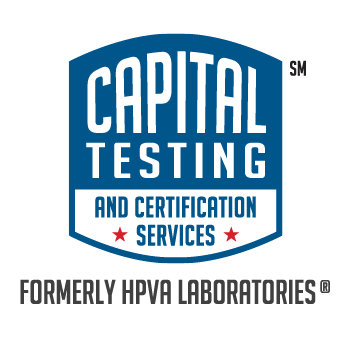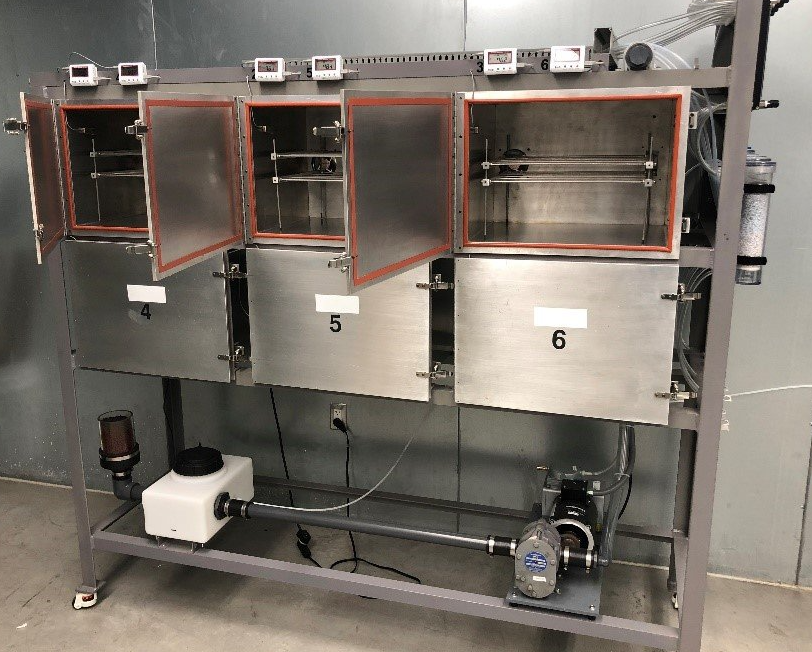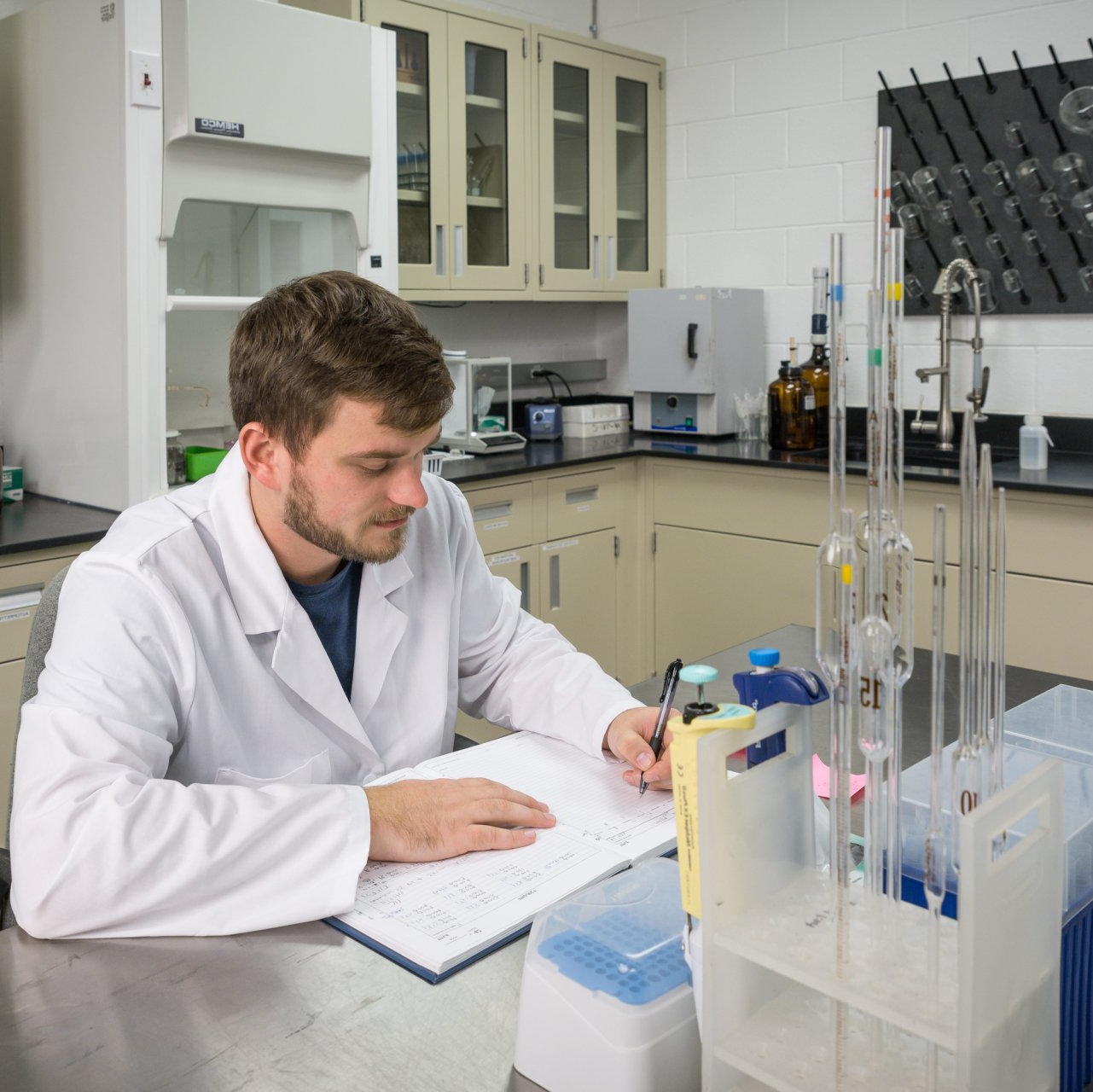ASTM D6007
SMALL CHAMBER
FORMALDEHYDE EMISSIONS TESTING
ASTM D6007 Small Chamber Test
Formaldehyde Emissions From Wood Products
The D6007 small chamber test is used to determine formaldehyde emissions levels from composite wood products such as hardwood plywood, particleboard, and medium density fiberboard. D6007 is an approved test method under the CARB 93210 ATCM and U.S. TSCA Title VI regulations, and can be used to check suppliers’ claims of CARB or TSCA Title VI compliance. The small chamber test method is also ideal for evaluating formaldehyde emissions levels of new product offerings, and determining how a change in production might impact an existing product’s emissions levels.
Which materials can be tested in accordance with ASTM D6007?
The D6007 test method is designed for testing the following composite wood products:
· Hardwood Plywood (HWPW)
· Particleboard (PB)
· Medium Density Fiberboard (MDF)
· Laminated products and finished goods containing composite wood products such as Engineered wood flooring, laminate flooring, furniture, cabinetry, etc.
When Should I Use ASTM D6007, and Why?
Composite wood product manufacturers: Use to support your CARB or TSCA Title VI certification program, validate a new platform supplier, or evaluate how a change in production will impact your product’s emissions levels.
Retailers, distributors, and importers of finished goods containing composite wood products: You may sell another company’s products, but it’s often your name and reputation on the line. Use D6007 to check on your suppliers’ CARB or TSCA compliance statements before selling them as compliant, and perform regular testing on them throughout the year to have the utmost confidence in your supply chain.
How is ASTM D6007 testing performed?
D6007 samples are cut to different sizes depending on the type of product tested:
HWPW and PB: Three (3) 7.625” x 7.625” pieces (Tot. 348.8 sq. in. exposed surface area)
MDF: Three (3) 6” x 6” pieces (Tot. 215.45 sq. in. exposed surface area)
NOTE: These sample sizes can be adjusted depending on the product’s original dimensions, amount of available material, and whether or not one side is coated. Contact Capital Testing for custom sizing.
Once cut, the edges of the pieces are sealed in aluminum tape and then conditioned for 7 days at 24±3 ⁰C and 50±5% relative humidity.
After conditioning, samples are placed in the small chamber maintained at 25±1 C and 50±4% RH. The chamber is pumped with purified air at a specified flowrate, and the samples equilibrate there for one hour prior to testing. When ready to test, chamber air is sampled at a rate of 1 liter per minute for 60 minutes. Formaldehyde emissions results are calculated and reported in parts per million (ppm). If necessary, product emissions are then corrected for temperature and humidity to 25C and 50%RH.
What data will be included in an ASTM D6007 report?
· Configuration of exposed surfaces
o Face and Back, Faces only, Backs only, or Core exposed
· Manner of shipping to test site
· Description of material
· Specimen conditioning details
· Background formaldehyde concentration in conditioning room air
· Chamber volume and dimensions
· Chamber Q/A ratio
· Description of specimens as loaded into chamber
· Test chamber’s average temperature and range during test
· Test chamber’s average relative humidity and range during test
· Chamber formaldehyde concentration in air at test conditions
· Chamber formaldehyde concentration in air corrected to 25⁰C and 50%RH
· Formaldehyde concentration of background air in chamber prior to test
Interpreting ASTM D6007 Results
The CARB and EPA TSCA Title VI formaldehyde emissions limits for composite wood products are as follows:
HWPW: 0.05ppm
PB: 0.09 ppm
MDF (>8mm): 0.11 ppm
Thin MDF (≤8mm): 0.13 ppm
THE ANSI/HPVA EF 2020 standard for engineered wood flooring also specifies that finished engineered wood flooring must comply with HWPW’s 0.05 ppm emissions limit.
Note regarding CARB and EPA emissions compliance testing for customers
outside of Capital Testing's
formaldehyde emissions certification program: while Capital Testing can test a product to determine if its emissions exceed the applicable regulatory limits, only the regulatory bodies themselves (CARB and EPA) can determine whether or not a product complies with the respective regulation.
Single vs Average-of-3 ASTM D6007 testing
Capital Testing runs single ASTM D6007 tests for clients who wish to quickly determine emissions from a certain product. When using ASTM D6007 for CARB and EPA TSCA Title VI certification purposes, Capital Testing follows the “secondary” test method specified in section 93120.9(a)(2)(A) of the CARB regulation. This means Capital Testing established and maintains equivalency between our D6007 small chambers and our E1333 large chambers in accordance with section 93120.9(a)(2)(B) of the CARB regulation. The regulation states that, when performing D6007 testing for qualification or quarterly testing, three D6007 tests must be performed and their results averaged to yield a single result. This “average of 3” testing is therefore used for certification purposes, while a single D6007 test is perfectly suitable for the other testing purposes mentioned above.
Is Capital Testing an accredited ASTM D6007 laboratory?
Capital Testing and Certification Services is ISO/IEC 17025-accredited to conduct ASTM D6007 testing. Other formaldehyde emissions tests, including the ASTM E1333 Large Chamber and ASTM D5582 Desiccator, are also covered under Capital Testing's scope of accreditation. Click Here for Capital Testing's full ISO/IEC 17025 scope.
Contact josh@capitaltesting.org for more information about ASTM D6007, E1333, or D5582 testing.



